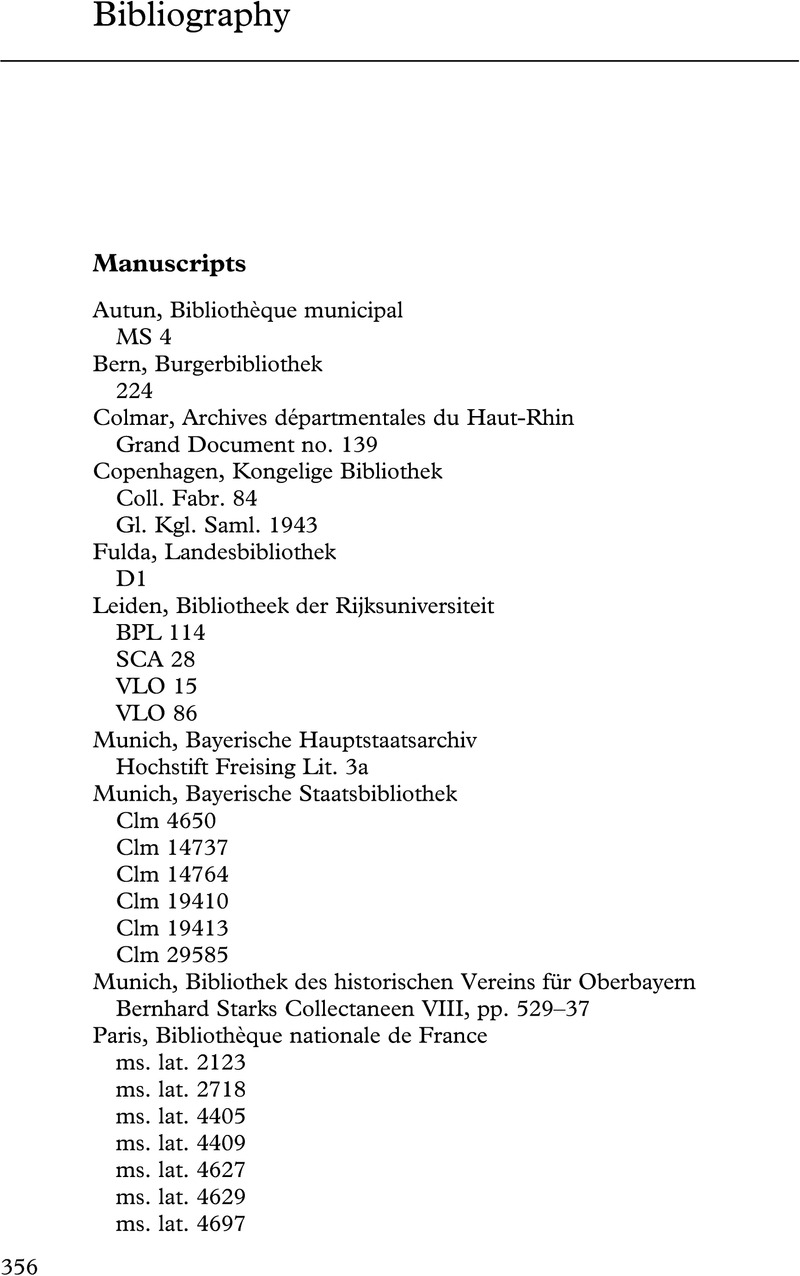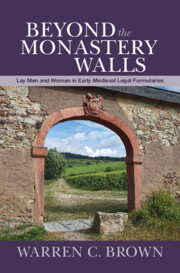Bibliography
Published online by Cambridge University Press: 09 December 2022
Summary

- Type
- Chapter
- Information
- Beyond the Monastery WallsLay Men and Women in Early Medieval Legal Formularies, pp. 356 - 376Publisher: Cambridge University PressPrint publication year: 2022

